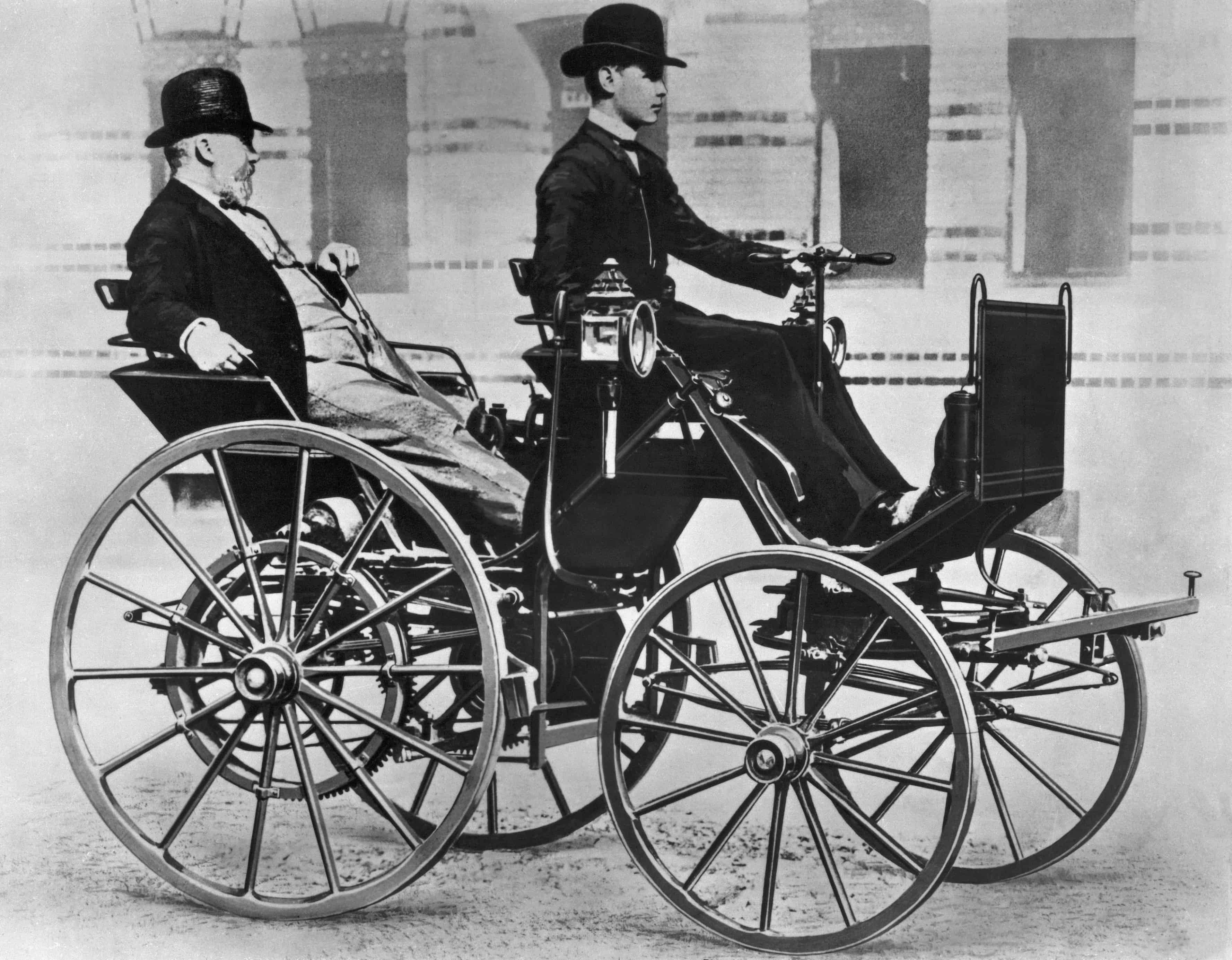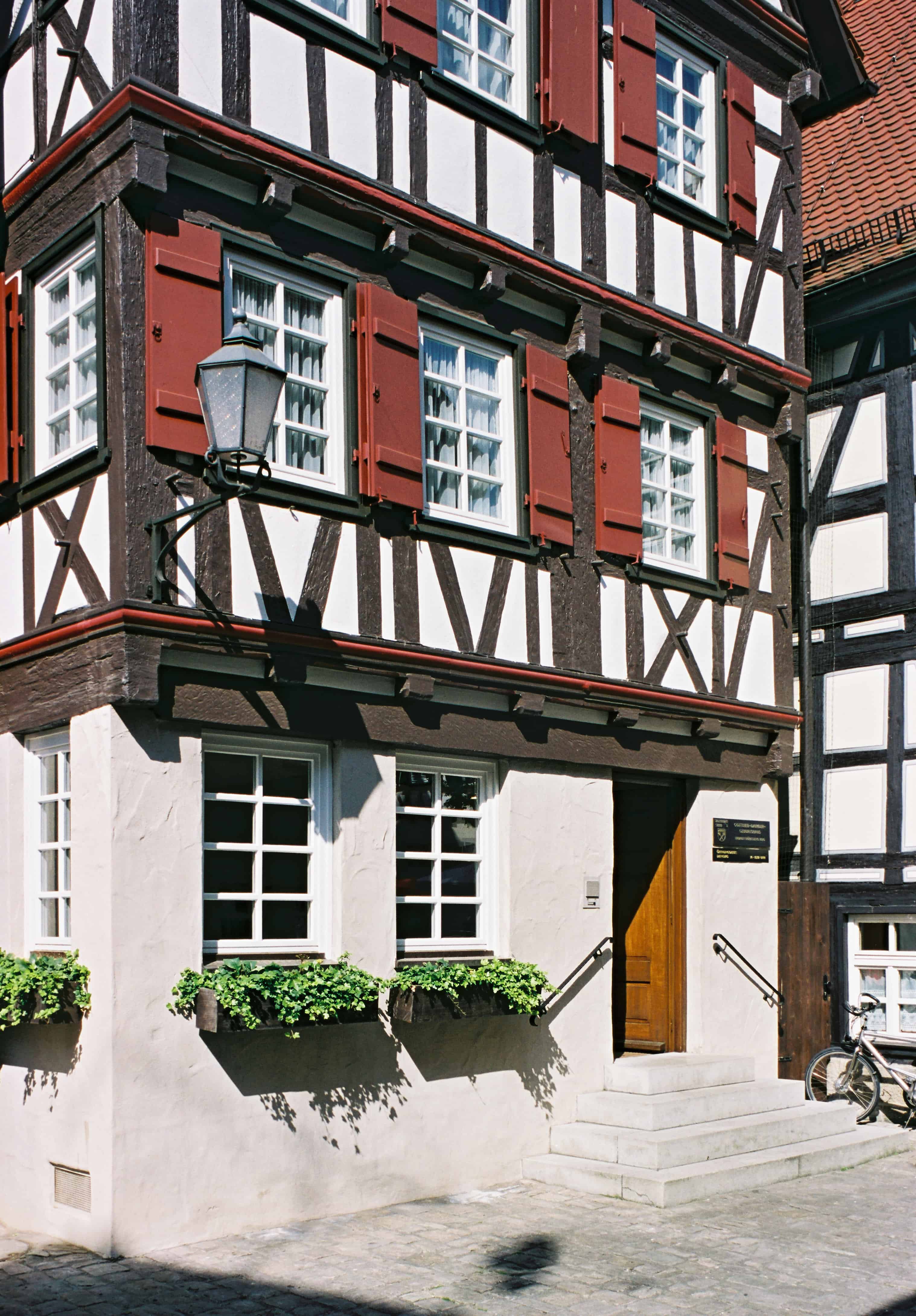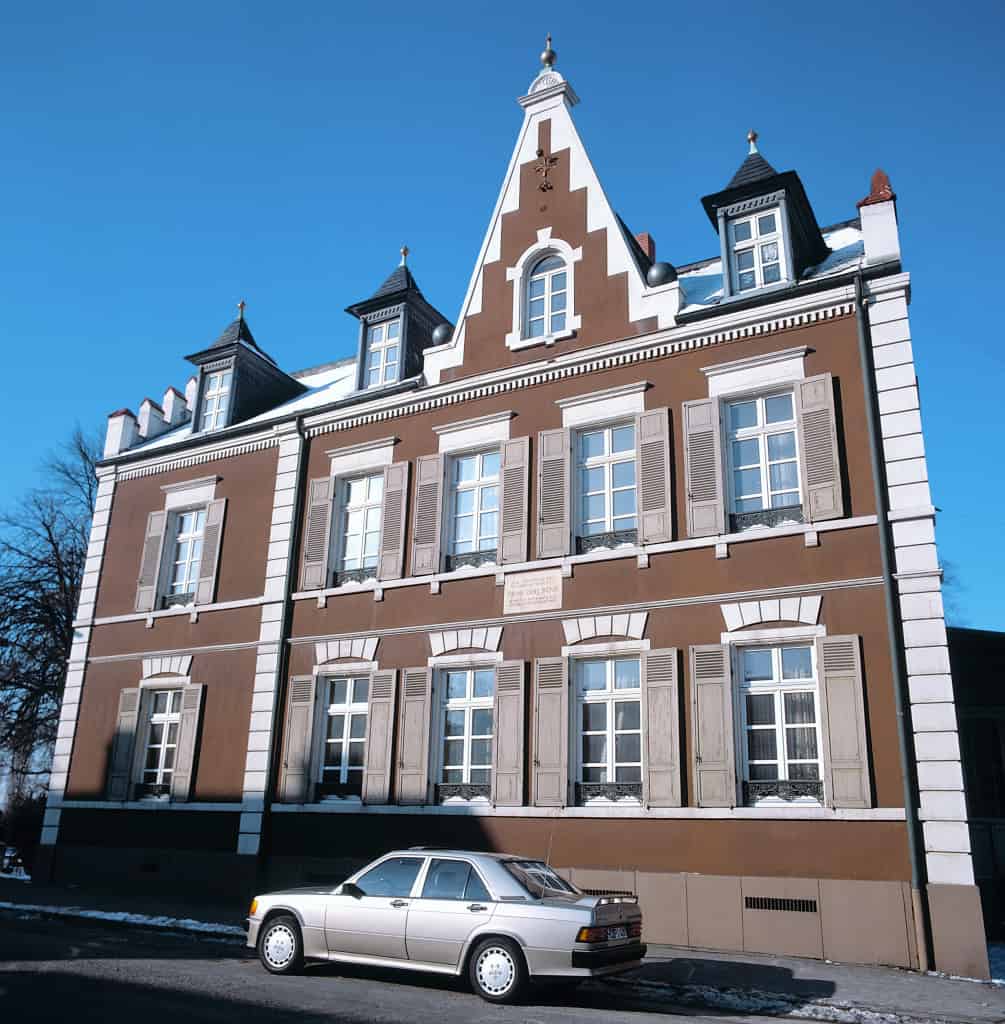In 2019, Mercedes-Benz is celebrating the birthdays of its founders, Gottlieb Daimler and Carl Benz, both of whom were born in the mid-19th century in the southern part of Germany; Daimler on March 17, 1834 in Schorndorf, just east of Stuttgart, and Benz on November 25, 1844, in Muhlburg, near Karlsruhe.
Daimler was the son of a baker, and at the time the family name was spelled Deumler. Benz, born Karl but he later changed the spelling to “Carl,” was the son of a railway locomotive driver, who died when young Benz was a 2-year-old.
“A thirst for knowledge, a cosmopolitan approach and foresight shaped the biographies of Daimler and Benz from early childhood,” Daimler said in its new release celebrating the founders’ birthdays.
“Gottlieb Daimler attended the grammar school and on Sundays additionally the drawing school in Schorndorf. He then gained great experience in precision mechanics as an apprentice to a gunsmith.
“After passing his journeyman’s examination in 1852, Daimler attended the Technical College in Stuttgart. A Württemberg government councillor, Ferdinand Steinbeis, then arranged a job for him in Alsace, where Daimler also received theoretical instruction in preparation for his studies. After the successful graduation the young engineer first worked in Paris in the early 1860s and then during his stays in Olham, Leeds, Manchester and Coventry he became acquainted with the British mechanical engineering industry.
“As a workshop inspector in Reutlingen, he then met his later companion Wilhelm Maybach in 1864.”
In 1867, Daimler married Emma Kurtz from Maulbronn. In 1868, he became foreman of the workshop in Karlsruhe.
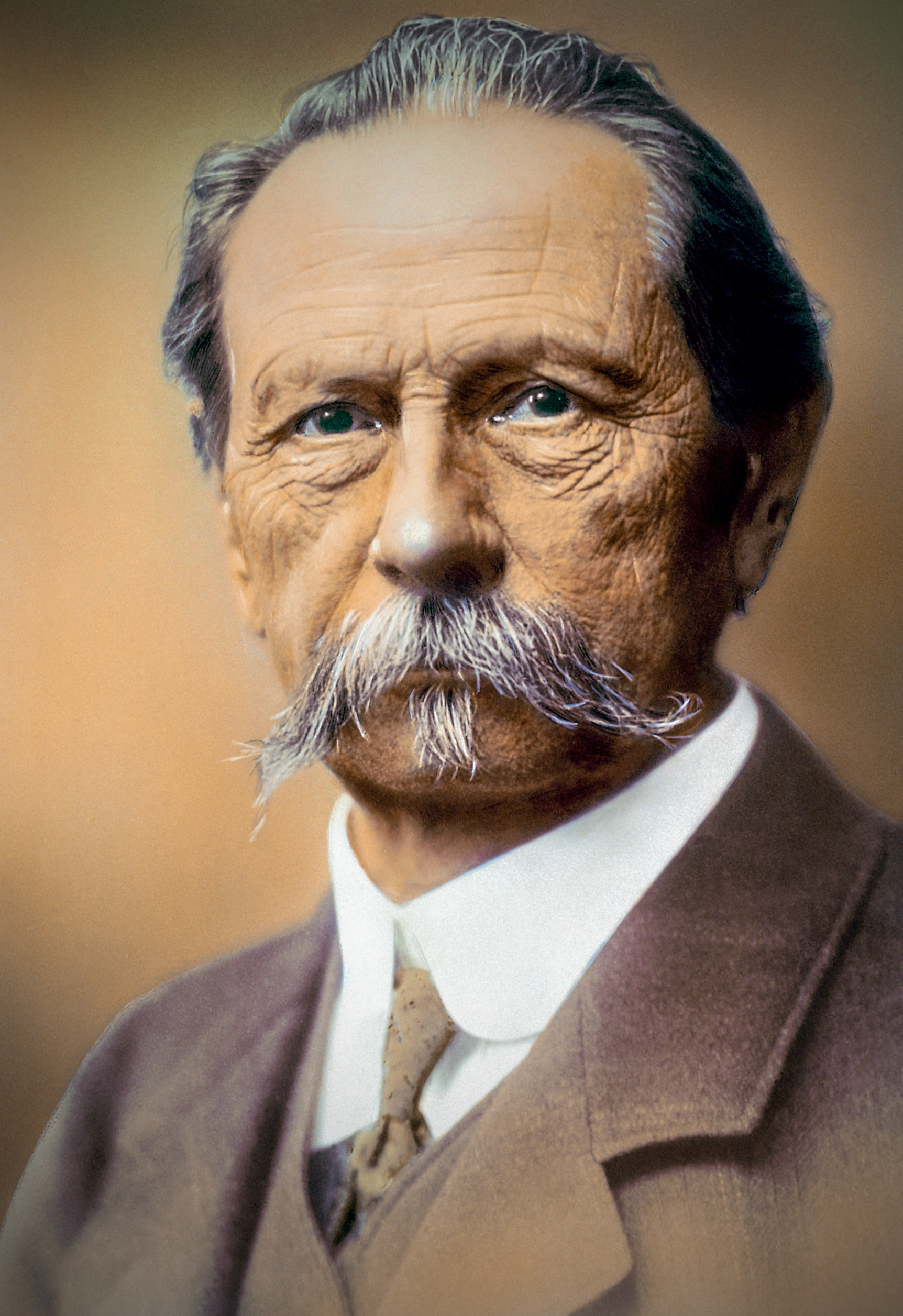
Meanwhile, Benz’ mother, Josephine, a maid, “made it possible for her son Carl… to attend grammar school and then financed his studies,” the company noted. “At the early age of 16, Carl, who was fascinated by technology, advanced to the Polytechnic College in Karlsruhe where he studied mechanical engineering.
“After completing his studies, he worked as a locksmith, draughtsman, master craftsman and designer of iron bridges. In 1871 Benz founded his own company in Mannheim together with August Ritter.
“With the help of his fiancée, Bertha Ringer (they married in 1872), Benz was able to buy out his partner after business differences. From 1878, he occupied himself with a gas engine as a stationary drive and as a power source for a future horseless carriage.
“Founded in 1883, the “Benz & Cie. Rheinische Gasmotoren-Fabrik Mannheim” successfully marketed a stationary two-stroke engine called the “System Benz.” However, the inventor was already working on a lightweight four-stroke engine as a drive unit for a motor car. The holistic design of the engine and vehicle as a coherent overall system was a groundbreaking innovation.
“This is how the motor car came into being, which Benz submitted to the Imperial Patent Office on 29 January 1886 as a ‘Vehicle with a Gas Engine Drive’ for a patent. Patent specification DRP 37435 can be considered to be the birth certificate of the motor car.”
In 1872, Gasmotoren-Fabrik Deutz AG appointed Daimler as its technical director overseeing the large-scale production for stationary engines and development of the four-stroke-engine created by Nicolaus August Otto.
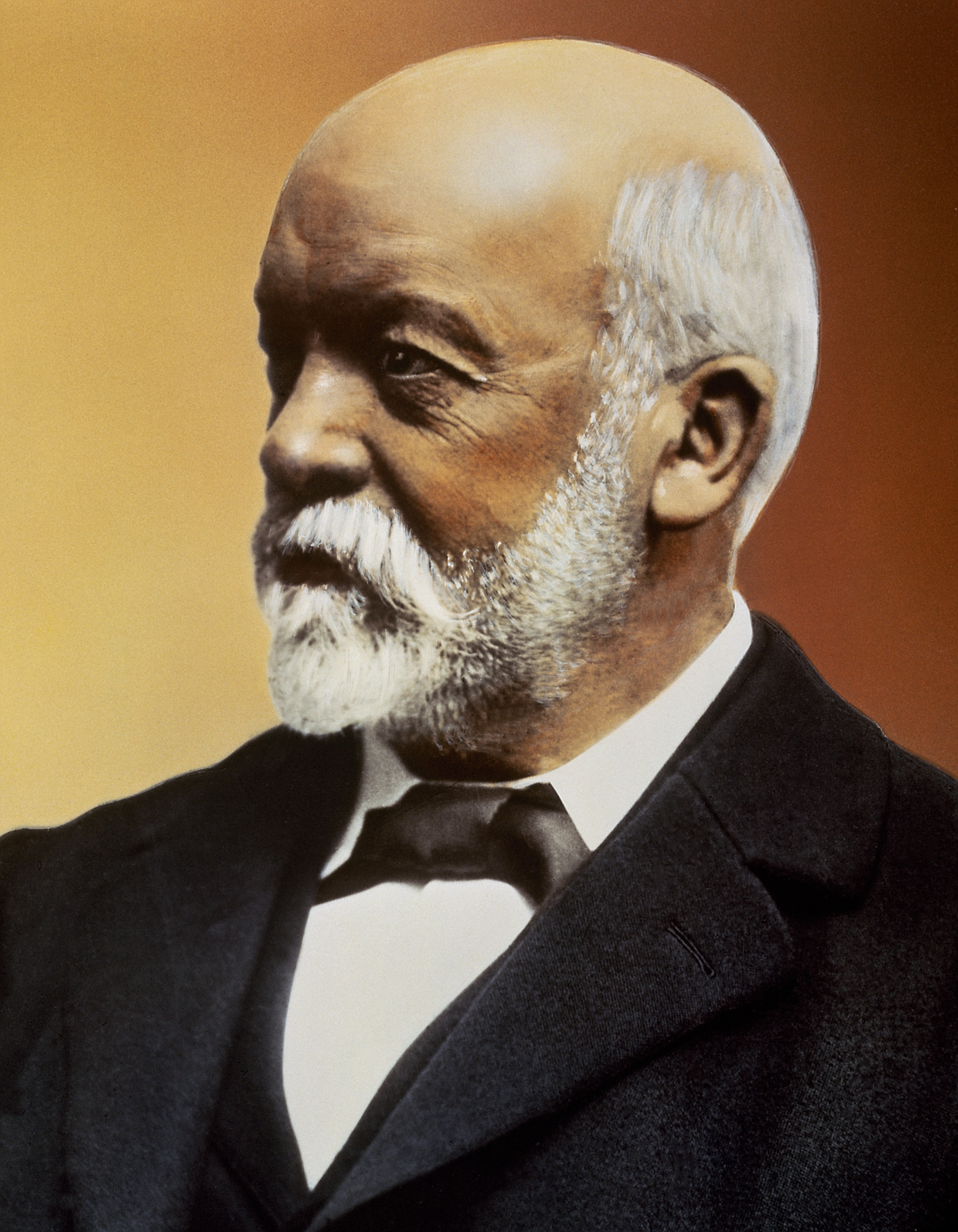
“However, there were differences of opinion with founder Nicolaus August Otto, and Daimler left finally the company in June 1882,” according to the corporate news release.
“In the spring of that year, he had bought an expansive home in Cannstatt near Stuttgart. He had the greenhouse enlarged with a brick-built extension to set up an experimental workshop. It was here that he, together with Maybach, developed his high-speed four-stroke engine for driving carriages, rail-mounted vehicles, boats and airships.
“There then followed patents for an engine with an unregulated hot-tube ignition system and valve timing gear (both in 1883). The Daimler engines soon reached speeds of up to 600 rpm, more than three times the usual speed range.
“The famous single-cylinder engine, nicknamed the ‘grandfather clock,’ was built in 1884, and in 1885 was submitted for patent as a ‘gas or petrol-powered engine’ and, in the same year, fitted to the ‘Reitwagen’ (riding carriage), a motorbike with a wooden frame. 1886 finally sees the birth of the motor carriage, the world’s first four-wheel petrol car.”
In 1890, Daimler-Motoren-Gesellschaft was founded in Cannstatt in 1890. Daimler was forced out of the company in 1894, was recalled a year later and became chairman in 1897, three years before his death.
Benz continued his development of the patent motor car, ending his active employment with Benz & Cie in 1903 but becoming a member of its supervisory board. He lived until 1929.

In honor of its founders, Daimler in 1979 purchased homes of Gottlieb Daimler and Carl Benz.
It bought Daimler’s home in 1979, undertook a two-year restoration and opened the building, and its exhibits including models and documents to the public in 1981.
It acquired the Benz home in Ladenburg in 1985 and since 1986 it has served as the headquarters for the Gottlieb Daimler and Karl Benz Foundation.
The experimental workshop in the greenhouse at the Daimler home was restored in 1984 and houses a small museum.





